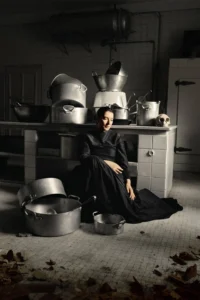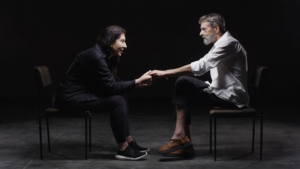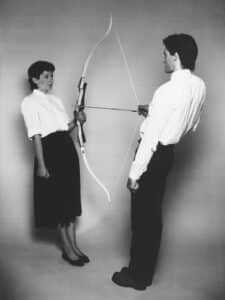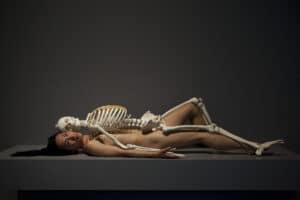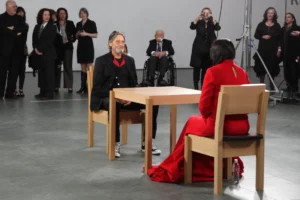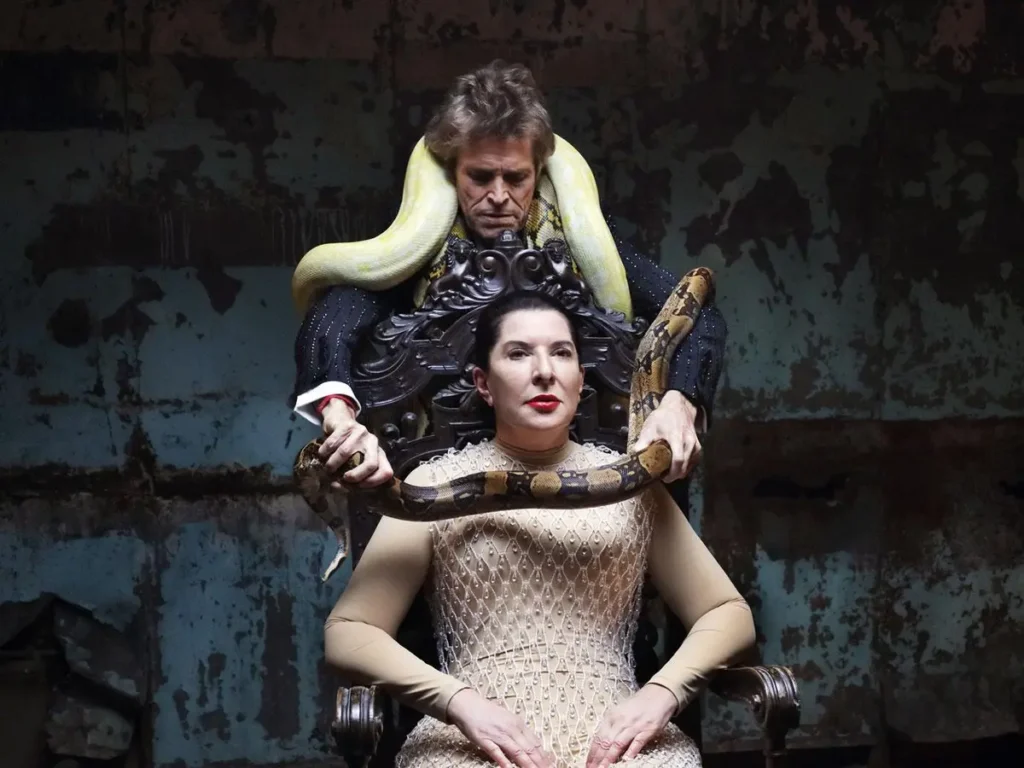I
Early Life and Formative Years
Abramović’s odyssey began against the backdrop of Yugoslavia’s political turbulence. Raised by parents with high military ranks, her early life provided a unique vantage point, shaping her perspective on authority, power, and societal structures. The seeds of rebellion against established norms were sown during her formative years, setting the stage for the revolutionary approach she would later bring to the art world.
Her academic pursuits at the Academy of Fine Arts in Belgrade and later at the Academy of Fine Arts in Zagreb were instrumental in honing her skills and fostering a deep understanding of the artistic landscape. Little did the world know that these early experiences would serve as the crucible for a career that would challenge, provoke, and inspire.
Collaborative Alchemy with Ulay
A defining chapter in Abramović’s artistic journey unfolded through her collaboration with German artist Ulay (Uwe Laysiepen). This partnership, both romantic and artistic, produced a synergy that elevated their performances into groundbreaking explorations of the human experience.
The “Rhythm Series,” a manifestation of their shared exploration of physical and emotional endurance, stands as a testament to the alchemy that transpired between them. Through performances that pushed the boundaries of pain, vulnerability, and intimacy, Abramović and Ulay etched their names into the annals of performance art.
Pioneering Performance Art
The 1970s and 1980s witnessed Abramović emerging as a trailblazer in the realm of performance art. Her daring and avant-garde actions, often involving physical challenges and ritualistic elements, pushed the boundaries of what the body and mind could endure. In the seminal “Rhythm 0” (1974), Abramović relinquished control to the audience, blurring the line between performer and spectator in a daring exploration of trust and vulnerability.
This era saw her becoming a provocateur, confronting societal norms and challenging perceptions of art. Her performances became a medium for expressing the complexities of the human condition and the transformative power of shared experiences.
“The Great Wall Walk” and The End of an Era
In 1988, Abramović and Ulay embarked on a spiritual odyssey along the Great Wall of China. The journey, both physical and metaphorical, culminated in a powerful farewell at the midpoint. This symbolic separation marked the end of their personal and artistic collaboration but left an indelible legacy—an exploration of boundaries, connection, and separation that transcended the realms of both art and life.
Later Career and Recognition
As Abramović’s career progressed into the late 20th and early 21st centuries, her work underwent a metamorphosis while maintaining its core essence. The retrospective at the Museum of Modern Art (MoMA) in 2010, featuring the widely acclaimed “The Artist is Present,” catapulted her into mainstream consciousness and solidified her status as a visionary in contemporary art.
This retrospective showcased the evolution of Abramović’s artistry, emphasizing her ability to engage with audiences on a profound and intimate level. “The Artist is Present” invited visitors to sit across from Abramović, creating a shared moment of connection that resonated far beyond the walls of the museum.
In 2014, Abramović presented “512 Hours” at the Serpentine Gallery in London—a significant departure from her earlier works. This immersive and participatory installation invited visitors to engage with the artist in unscripted interactions, blurring the lines between artist and audience. The piece exemplified Abramović’s commitment to pushing the boundaries of performance art beyond established norms and embracing new modes of interaction.
Legacy and Impact
Marina Abramović’s impact on the art world is profound and enduring. Her fearless exploration of the human condition, her pioneering efforts in performance art, and her ability to challenge preconceived notions continue to inspire artists, scholars, and audiences globally.
Abramović’s legacy lies not only in the body of work she created but also in the transformative experiences she facilitated. Through her performances, she has asked profound questions about the nature of art, the limits of the body, and the possibilities for shared moments of human connection.
As she remains an active force in the art scene, Abramović’s legacy endures as a testament to the transformative and transcendent power of performance art. Her work prompts us to question, to feel, and to confront the boundaries—both physical and psychological—that define our understanding of art, the self, and the profound connections that bind us all.
In the ever-evolving landscape of contemporary art, Marina Abramović stands as a living testament to the audacity of creativity and the boundless potential of the human spirit. Through her enduring commitment to pushing the limits, Abramović invites us to join her on a journey of self-discovery and exploration, urging us to look beyond the conventional and embrace the transformative power of artistic expression.

